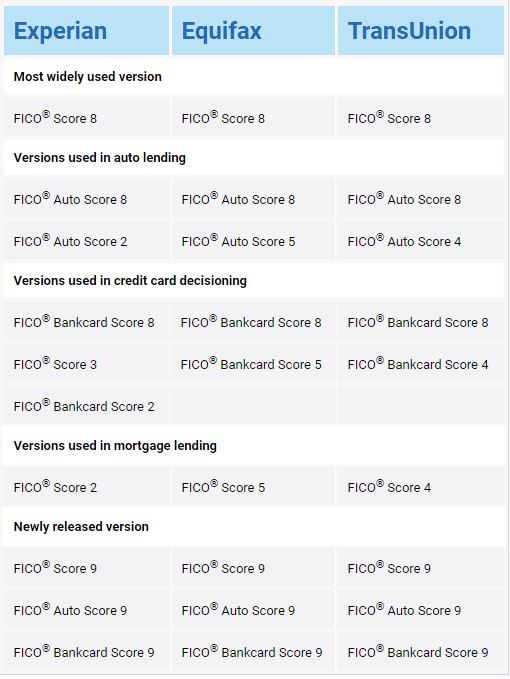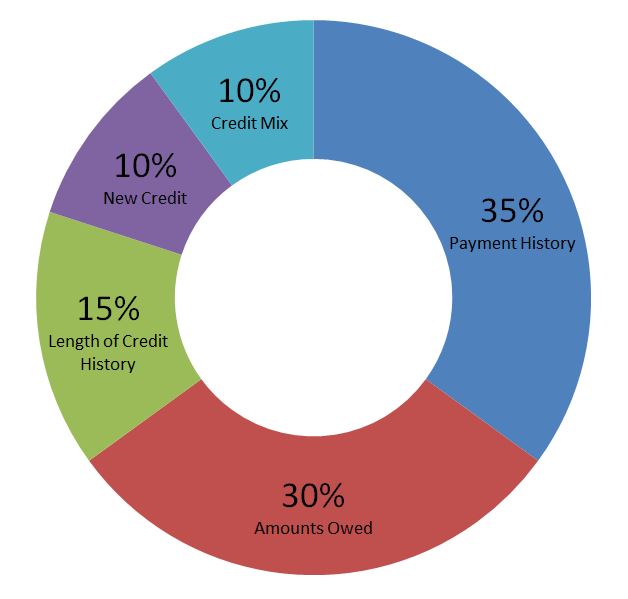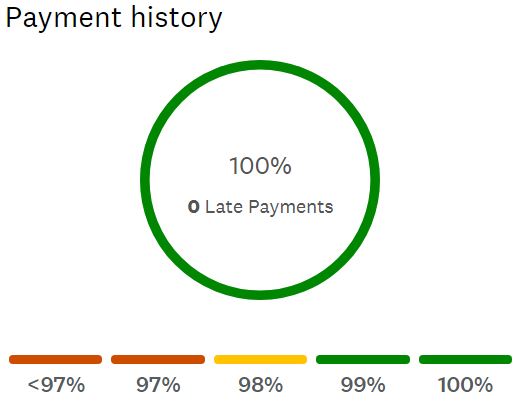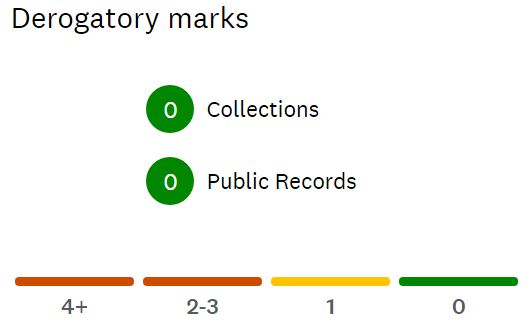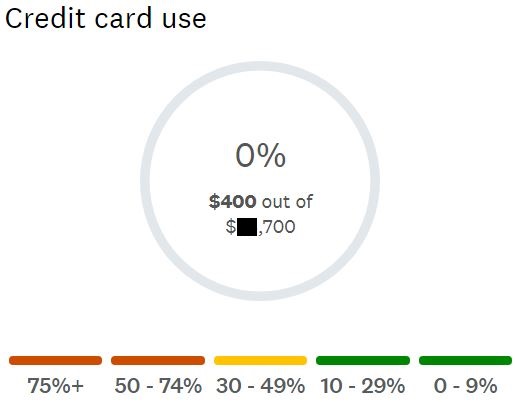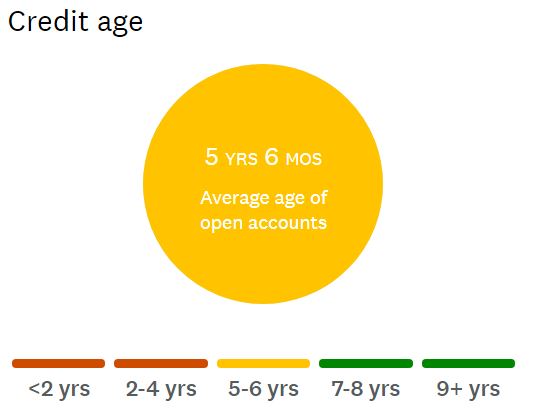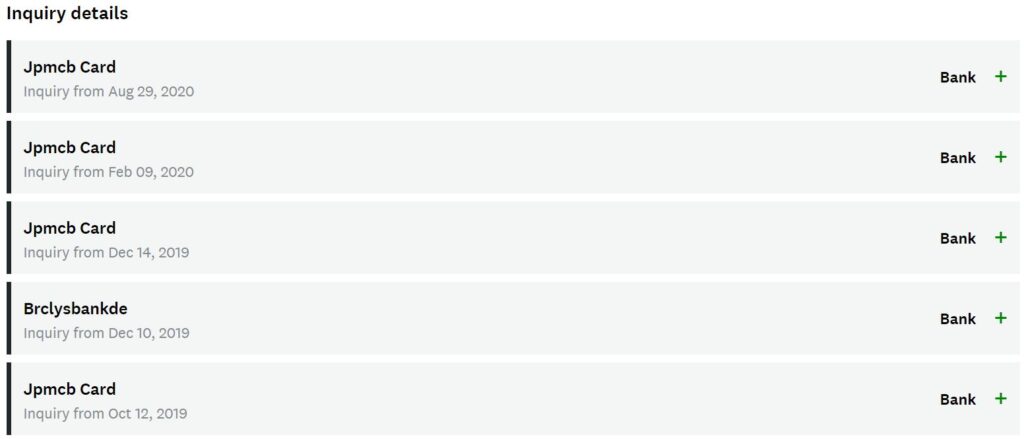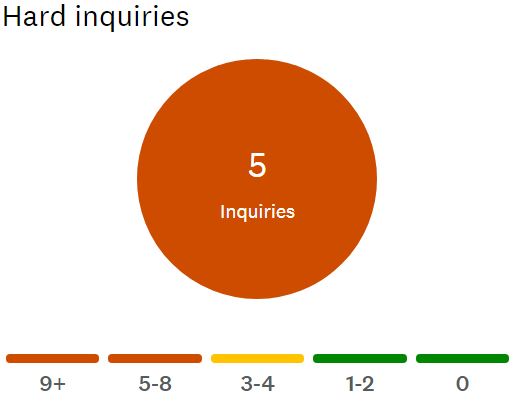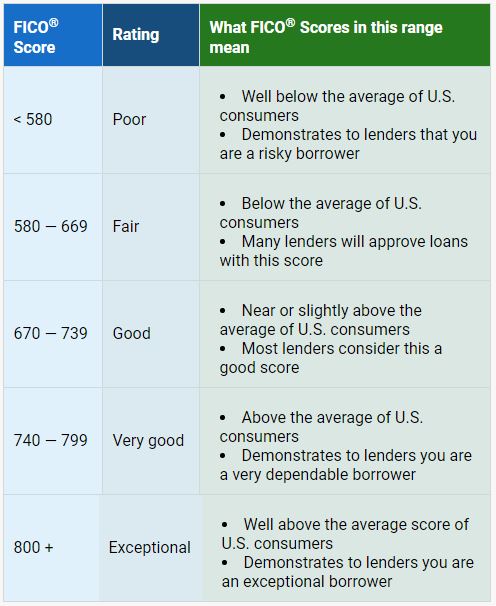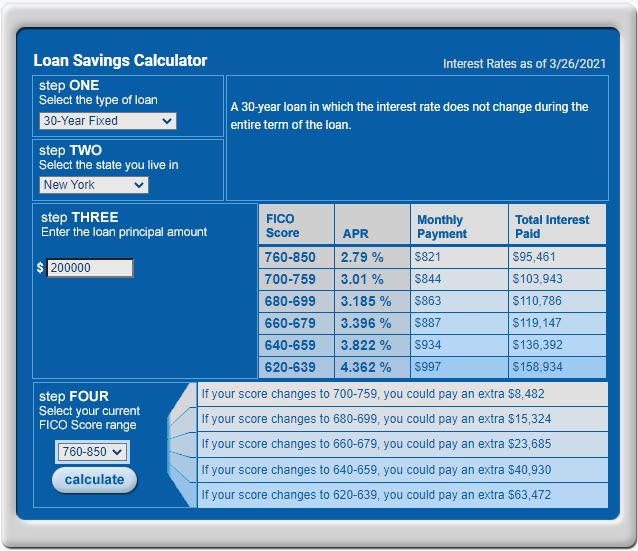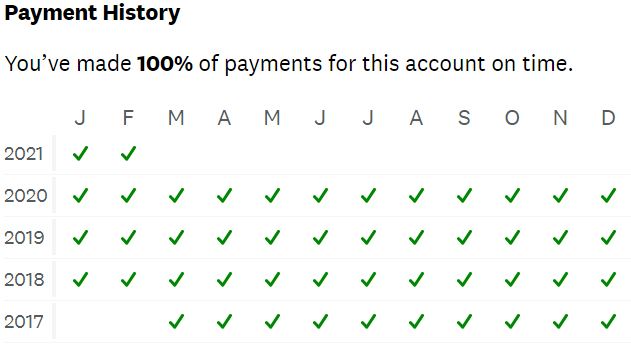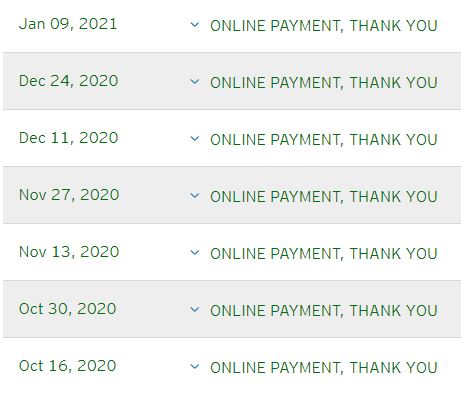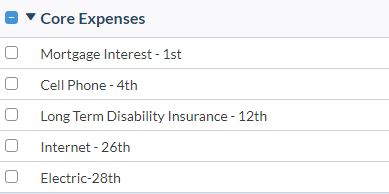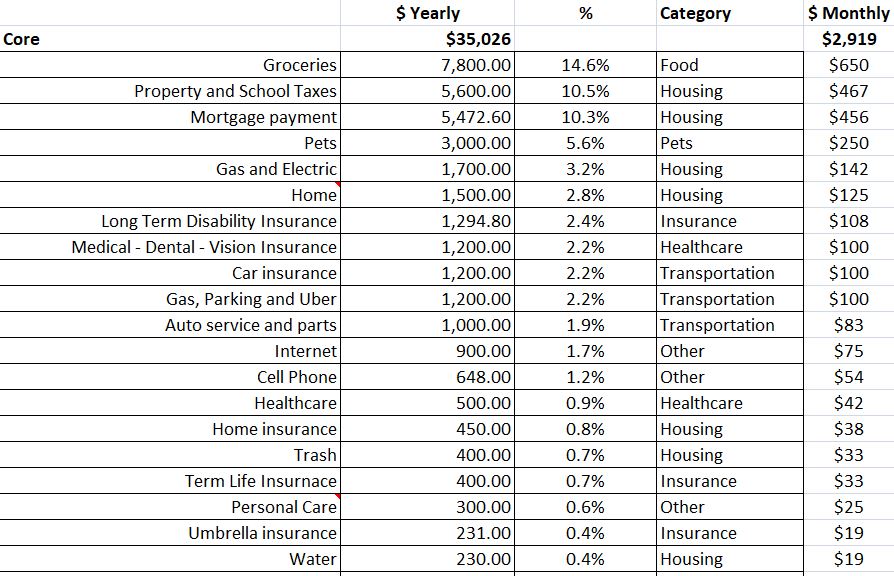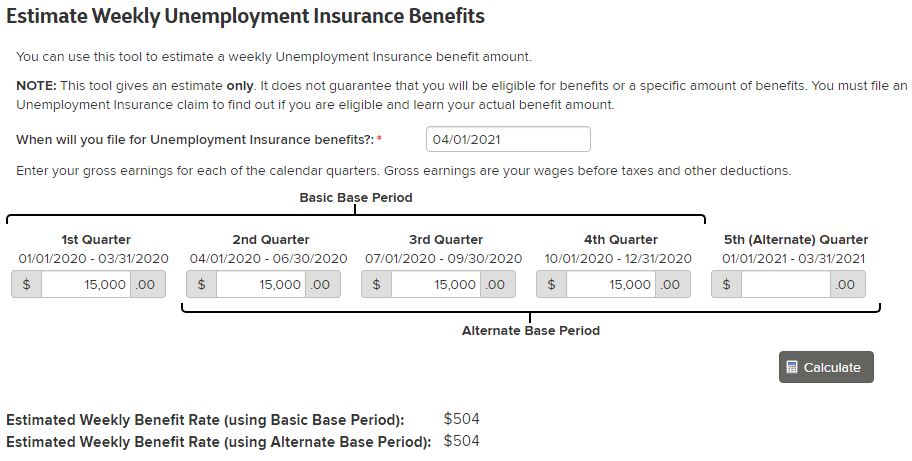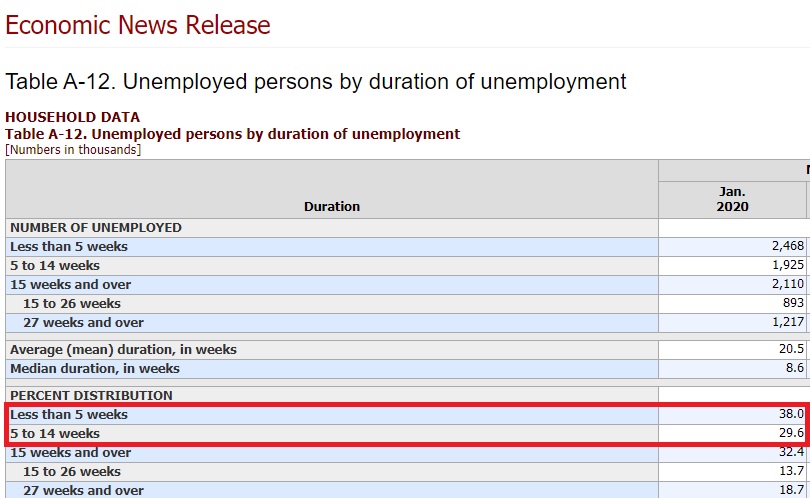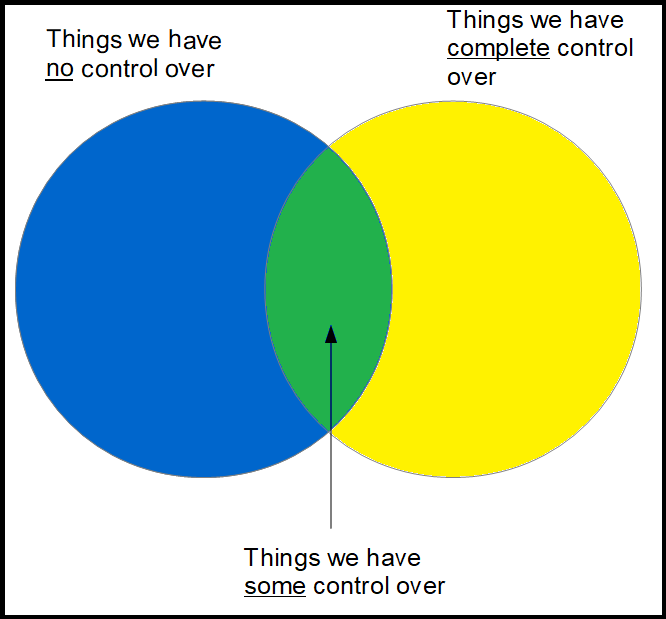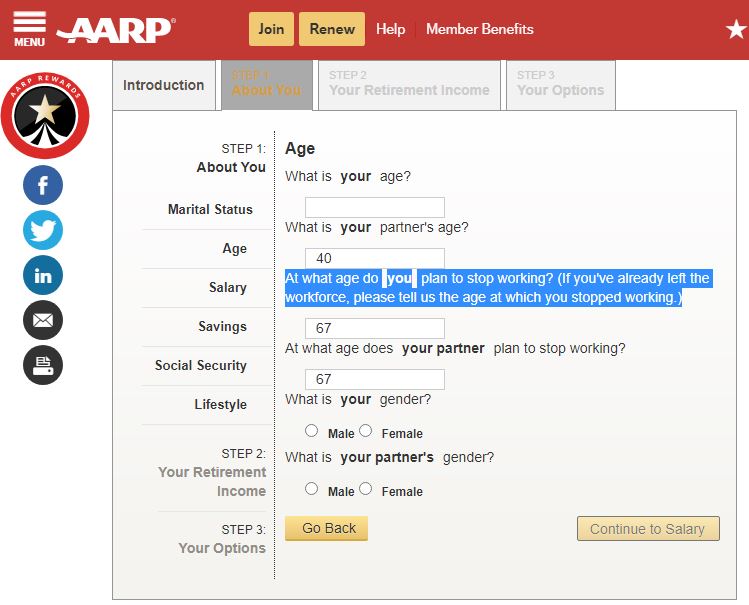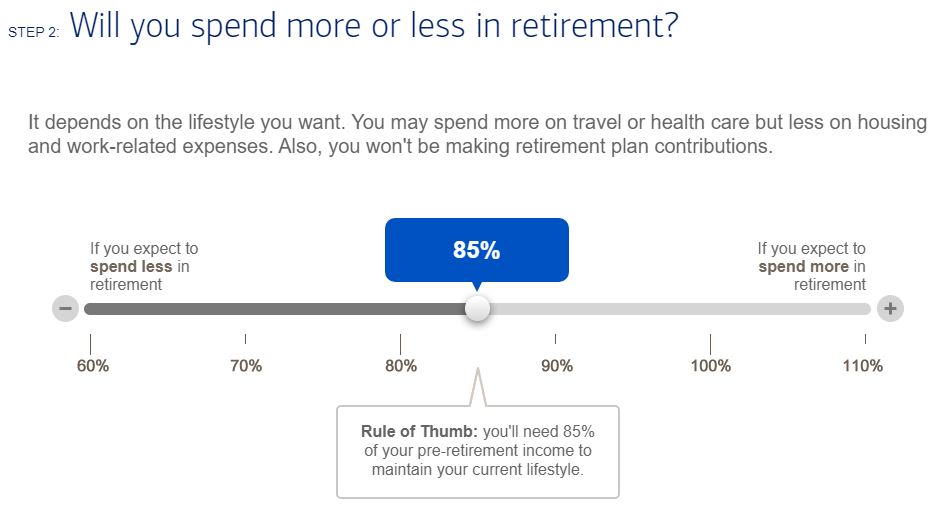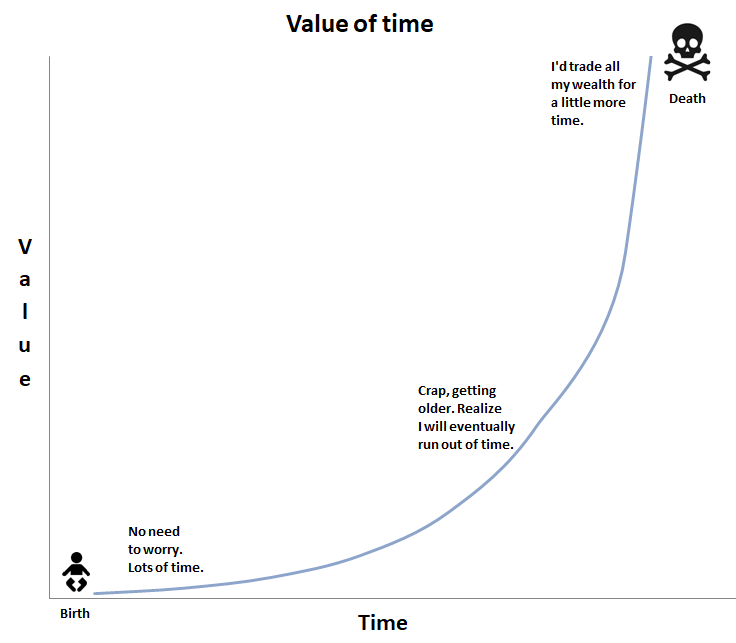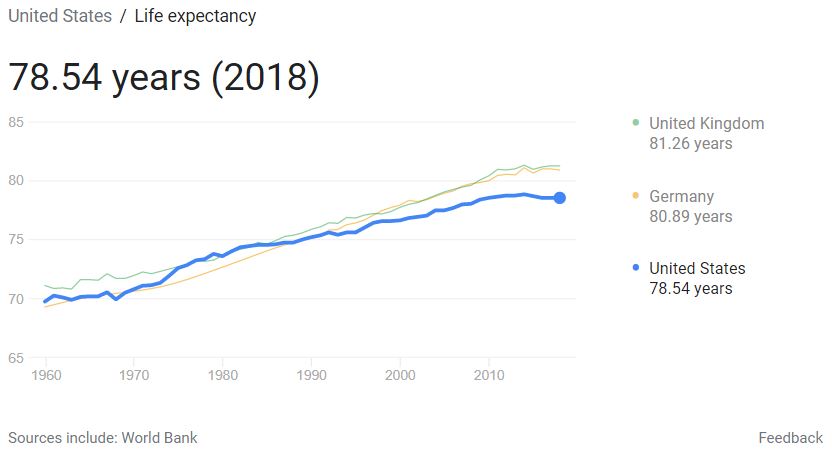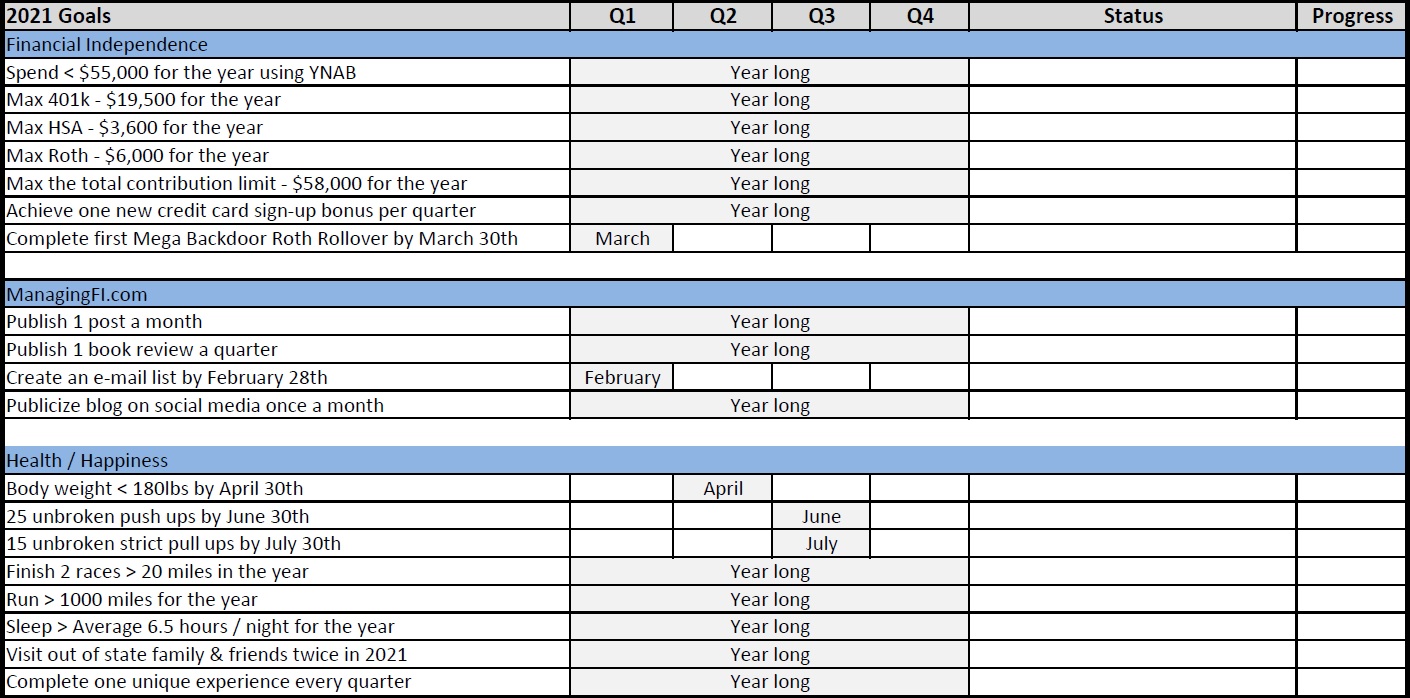
BLUF: The 4% rule is a great starting point to establishing a financial target for early retirement in the beginning of your FI journey. However, it’s a rule of thumb, not a rule. It’s important to understand the details behind the 4% “rule” so you can factor in your individual factors such as taxes, fees, inflation and capital preservation. There’s also a much more complex subject of sequence of returns risk to explore.
Note: For copywrite reasons I can’t duplicate the tables of data from the Trinity study in this article. To get the most out of the article I recommend opening up the study to refer to the tables. “Retirement Savings: Choosing a Withdrawal Rate That Is Sustainable” by Cooley, Hubbard and Walz.
If you’ve spent any amount of time around retirement, early retirement or financial independence forums you’ve no doubt encountered the term 4% rule thrown around repeatedly. In this article we’ll explore the academic study nicknamed the “Trinity Study” that gave birth to the concept, what the concept is and some considerations when applying it to your own financial independence plans. We’ll also introduce and discuss some terms that might be new to you such as a withdrawal rate (WR).
4% Rule and the Trinity study
The 4% rule is a principle that was created from the results of an academic study published in 1998 by three professors of finance at Trinity University. The paper is called “Retirement Savings: Choosing a Withdrawal Rate That is Sustainable” by Phillip L. Cooley, Carl M. Hubbard and Daniel T. Walz.[1] This paper has been referred to as the Trinity study probably because it’s a whole lot easier to say so I’ll refer to the paper using that name going forward.
The Trinity study sought to answer the question: “What’s a reasonable withdrawal rate when living off savings?”[1] A withdrawal rate (WR) is the percentage of your portfolio that you will withdraw in order to live. For example, if your portfolio was $1M when you retired and you withdraw 4% that first year then you take out $1,000,000 * 0.04 = $40,000.
The paper wanted to address a very real world dilemma that we all will hopefully face one day. “The dilemma is that if they withdraw too much, they prematurely exhaust the portfolio, but if they withdraw too little, they unnecessarily lower their standard of living.”[1] The paper does not address early retirement though. It examined payout periods of 15-30 years since those would be much more typical of a standard retirement around age 65. More on that point later.
The Trinity study methods used:
The Trinity study used real annual returns from the S&P500 index for stocks and long term corporate bonds for any bond allocations. The study looked at different payout period lengths of 15, 20, 25 and 30 years using data between 1926 and 1995. Within those payout periods they tried different WR from 3% up to 12% and using 5 different asset allocations from 100% stocks to 100% bonds (100/0, 75/25, 50/50, 25/75, 0/100).
Here is an example of how they generated the data in Table 1 of the study which shows portfolio success rates. This would be a single data point of a 15 year payout period of 100% stocks at a 4% WR starting at 1926. A portfolio starts with a set value ($1,000 in this case) which doesn’t matter because everything is calculated relative to it. A 4% WR means that you assume you always take out 4% of the initial portfolio value ($1,000) or $40/year.

Each year you take the starting value, add in the annual return (or loss), subtract the money withdrawn and you end up with a final portfolio value. For example at the start: $1,000 + $80 (8% return) – $40 (4% withdrawn) = $1,040 at the end of 1926. This repeats for each year in the 15 year window. If you end up with any money at the end, in this case $161, then the portfolio is a success. Even $1 left means success in this study! Then you do this again starting in 1927, 1928 until you run out of data in 1995. That means the 15 year payout period has 56 different payout periods.
Study Results:

The tables are what people focus on in the study so here’s a summary of what you’re really looking at:
- Trinity Study Table 1 – Portfolio success rates from 1926-1995. No inflation adjustment on withdrawals.
- Trinity Study Table 2 – Portfolio success rates from 1946-1995. No inflation adjustment on withdrawals.
- Trinity Study Table 3 – Portfolio success rates from 1926-1995. CPI inflation adjustment on withdrawals.
- Trinity Study Table 4 – Terminal portfolio value from 1926-1995. No inflation adjustment on withdrawals.
Table #1 – Portfolio success rates (1926-1995)
The 3% WR as a fixed percentage of the initial portfolio value has a 100% chance of success for all payout periods, all asset mixes. Change that to a 4% WR and for 30 year retirements the chance of success is 100% for all asset allocations except 100% stocks (98% success). Again, success only means having greater than $0 left at the end of the payout period.
Table #2 – Portfolio success rates (1946-1995)
What happens when you take the same data set and ignore the time period of great depression and world war 2? A booming stock market and higher success rates. 100% success was guaranteed for a WR up to and including 7% for 30 years as long as you held at least 50% stocks.
Table #3 – Inflation Adjusted Portfolio success rates (1926-1995)
Take table 1 and sprinkle in inflation equivalent to the consumer price index (CPI) and you get table #3. What that means is that the WR starts at a percentage of the initial portfolio value $40 on $1,000 (4%) but then the amount you withdraw each year increases with inflation. The table below repeats the same scenario as earlier in the article but adds 3% inflation to each yearly withdrawal. The earlier scenario was successful with 16% of initial capital remaining ($161/$1,000) at the end but the inflation adjusted scenario fails in the last year (-$3).
Table 3 in the study shows high success rates for the 4% WR for 50% or more stocks but the higher bond portfolios get much worse at 25 and 30 year payout periods. Essentially all the probabilities get worse as inflation eats into the lower bond gains but at 3-4% WR the result is still excellent.

Table #4 – Terminal Value of a $1,000 Initial Portfolio After All Annual Withdrawals (no inflation) (1926-1995)
Table 4 takes the data from table 1 but instead of reporting the probability of portfolio success in each scenario it reports how much the portfolio will be worth at the end on average, minimum, maximum and median. It assumes you start with a $1,000 portfolio and take it to the end of the payout period for each block of time from 1926 to 1995.
Of all the table #4 data points I think the one in the lower left is the most interesting because it represents the longest time horizon and a “typical” early retiree asset allocation: 30 year payout period, 4% withdrawal rate, 75% stocks 25% bonds:
- Average outcome: $9,031 (9x) the starting portfolio value
- Worst outcome: $1,497 (1.5x) the starting portfolio value
- Median outcome: $8,515 (8.5x) the starting portfolio value
- Best outcome: $16,893 (16.9x) the starting portfolio value
This table on the surface would make you believe that with a 4% WR your money will always grow beyond your wildest dreams. On average, your portfolio increases by 9x the starting amount over 30 years with a 4% WR. Case closed right? Well, not so fast. That sneaky inflation thing is missing and not considering it is ignoring two areas that matter in the real world.
- Inflation makes your expenses increase so withdrawals increase. The study ignores this fact but year after year our costs generally go up. As I show in the table below, you see the 1927 withdrawal becomes $41.2 instead of just $40 when you add inflation. Then it keeps compounding until you’re withdrawing $60.50 by 1940. Your costs, and therefore withdrawal amounts went up 50% in 15 years with 3% annual inflation. Inflation can vary greatly over time but form 1926 to 1995 it was 3.15% on average mostly driven by the later years.

- Table 4 doesn’t tell you how inflation impacted the spending power of those terminal portfolio values. A lot can change in your spending power in 30 years.
For example, take the worst case outcome of $1,497 for 30 year, 75% stock example at a 4% WR. That’s 1.5x your money over 30 years. However, adjusted for inflation when that 30 year period likely occurred (1926-1956) and inflation adjusted that is worth $974 in 1926. In other words, your portfolio with non-inflation adjusted withdrawals went nowhere over 30 years. Not a bad outcome necessarily, but your portfolio purchasing power didn’t grow by 50% either
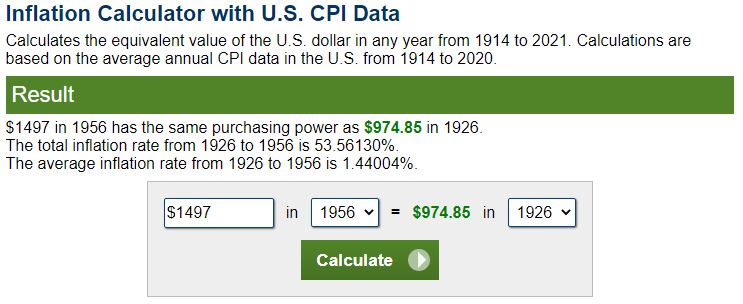
If you take the other end of the spectrum and the best outcome of $16,893 (16.9x gains) and adjust for inflation over the likely 30 year period (1965-1995) and the inflation adjust gains are actually 3.5x, not 16.9x. Again, that also doesn’t take into account inflation adjust withdrawals that would be much higher
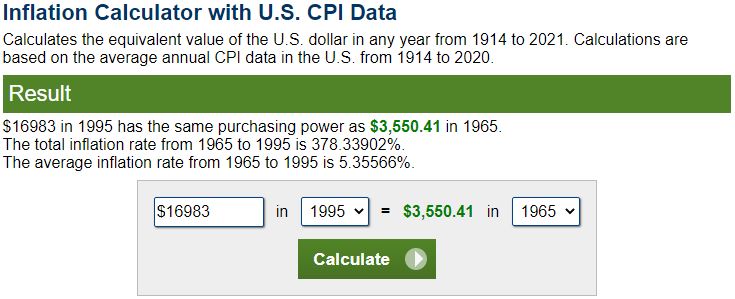
What is the 4% Rule (of Thumb)?
“Rule of Thumb: The English phrase rule of thumb refers to a principle with broad application that is not intended to be strictly accurate or reliable for every situation.”
https://en.wikipedia.org/wiki/Rule_of_thumb
The Trinity study when published had one key conclusion: “For stock-dominated portfolios, withdrawal rates of 3% and 4% represent exceedingly conservative behavior.”[1] The data and those conclusions gave birth to the concept that a 4% withdrawal rate is a safe withdrawal rate (SWR) implying that you’ll never run out of money.
The danger with calling it a rule is that it implies that it will always work for all people. It is in fact a rule of thumb to guide you and give you a good target at the start of your journey, but you then need to consider your individual situation. Unfortunately humans are messy and do stupid things. If the market crashes and you sell your portfolio to cash none of this works. If you have a high bond allocation the portfolio success rates start plummeting over time.
Using the 4% Rule to Calculate your FI Number
The most common use of the 4% rule is to then use it to figure out what portfolio size you need to support a WR of 4%. That portfolio size needed to support the WR (often 4%) is referred as your financial independence (FI) number because you could theoretically quit your job at that point. The math is simple: 1/0.04 (4%) = 25. If your WR is 4% then your portfolio needs to be 25x your annual expenses to withdraw 4% of it per year. For example, if your annual expenses are $40,000 then multiply by 25 and you need a $1,000,000. If you change your WR to 3% then 1/0.03 = 33.33x and you need a $1,333,000 to support living on $40,000 a year.
4% Rule – Important Points to Remember in interpreting the Trinity study:
- It doesn’t model extreme early retirement: The Trinity Study was not modeled around early retirees. It was modeled for standard retirement which is why the longest portfolio payout period studied was 30 years. Many incorrectly assume that if the portfolio success rate at 30 years is 100%, then it will also be 100% at 40, 50 or 60 years.
- Sorry kids, you’re on your own. Good luck!: Portfolio success in the study is defined as having any money left at the end of the period. $1 left was success! That means that if you have aspirations of leaving inheritance behind then you need to factor that into your plan and choose a lower WR than you otherwise would if capital preservation wasn’t important.
- Inflation, what inflation?: Only table 3 takes into account any kind of inflation. In other words, tables 1,2,4 assume that you withdraw the same amount in year 1 to live on as you do in year 30. Your expenses never go up with inflation and the table 4 terminal values are not adjusted for inflation. The study claims that using the Consumer Price Index (CPI) overstates the impact of general inflation on an individuals spending. In other words, 3% CPI increase doesn’t mean it will cost an individual 3% more to live the same. I’m not sure if anyone has proven this but I hypothesize that the less you consume by being more minimalist, the less that the consumer price index increasing would increase your life expenses. However, inflation is still going to always impact your life and some inflation should be factored in.
- We don’t need no stinkin’ taxes!: The study leaves out any taxes, expense ratios, transaction costs and management fees. These are very independent factors so I can see why they left them out but they’re very much part of the real retirement world.
- If you have your assets are managed by a fund charging a 1% of all assets fee (AUM) then you now need to save up 33x expenses (3% withdrawal rate) to get a net 4% in your pocket. Ouch. If your expenses are $40k/year that’s needing $1,320,000 saved (33x) instead of $1,000,000 (25x) because of that 1% fee.
- Federal and state taxes also need to be taken into account. If you pay 15% in taxes between capital gains, ordinary income (401k withdrawals) and state taxes on your money then you need to withdraw $47,000 a year to net $40k for your expenses. That means having to save an extra $175k ($7k * 25x) before you can retire! Said another way, that 15% taxation makes your SWR effectively drop from 4% (40k/$1M) to 3.4% (40k/$1,175,000) forcing you to save 29.4x of expenses. Taxes suck.
- Stock and Bond allocations matter: Higher stock allocations increase the likelihood of your portfolio will support 4% (or higher) withdrawal rates over longer time horizons. The best inflation adjusted success rates are all in the 50% or more stock portfolios. However, many lifecycle funds and traditional investing advice moves you into bond heavy funds in retirement. If your portfolio is large enough to cope with a 3% WR then this makes perfect sense. However, if you need a 4% or greater WR then only higher stock allocations will get you there. Don’t assume that the 4% rule will work for you if you have more than 50% bonds. it hasn’t worked historically and in lower interest rate and/or high inflationary environments it will only get worse.
Conclusions:
So what does this all mean for you? I think that table 3 of the study does show that based on historical data you do have a high likelihood (95%+) for success if you have at least 50% stocks, stay invested and withdraw an inflation adjusted net 4% of assets. You can’t extend the study to longer time horizons though so if you think retirement is 40 or more years I would plan on 3.5% unless you have other income sources or expect your expenses to decrease over time. I would recommend calculating in tax impacts and see the impact. You want a net 4% WR after taxes so adjust your FI number to include the impacts of taxes.
Action Steps:
- Figure out your current annual expenses.
- Calculate your FI number using the 4% rule. What is it?
- If you’re closer to retirement calculate how much taxes may change your FI number.
- Keep learning! Big ERN’s sequence of return series goes much deeper into the topic helping you apply this concept to early retirement. Highly recommended! https://earlyretirementnow.com/safe-withdrawal-rate-series/
- Sign-up for the ManagingFI newsletter and get new blog articles and free tips delivered to your inbox. Sign up now!
Like the content? Click here to subscribe to the e-mail list and have the articles delivered to your inbox.
Article Sources:
- AAII. “Retirement Savings: Choosing a Withdrawal Rate That Is Sustainable” by Cooley, Hubbard and Walz. https://www.aaii.com/files/pdf/6794_retirement-savings-choosing-a-withdrawal-rate-that-is-sustainable.pdf. Accessed April 3rd, 2021.


